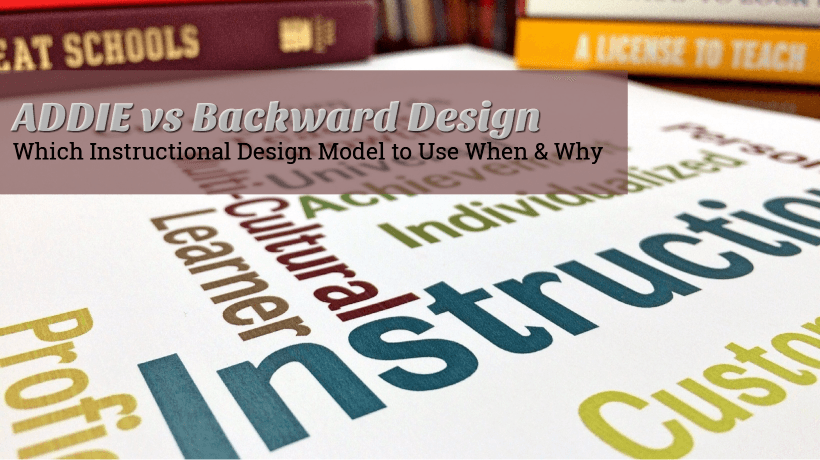February 10, 2017
5 Creative Project Examples To Inspire You
In this article we look beyond the traditional eLearning module. Here are 5 creative project examples to keep in your toolkit for when they match your needs. Along with each example are resources on how you can create similar projects.
by Melissa Milloway, MSIT











